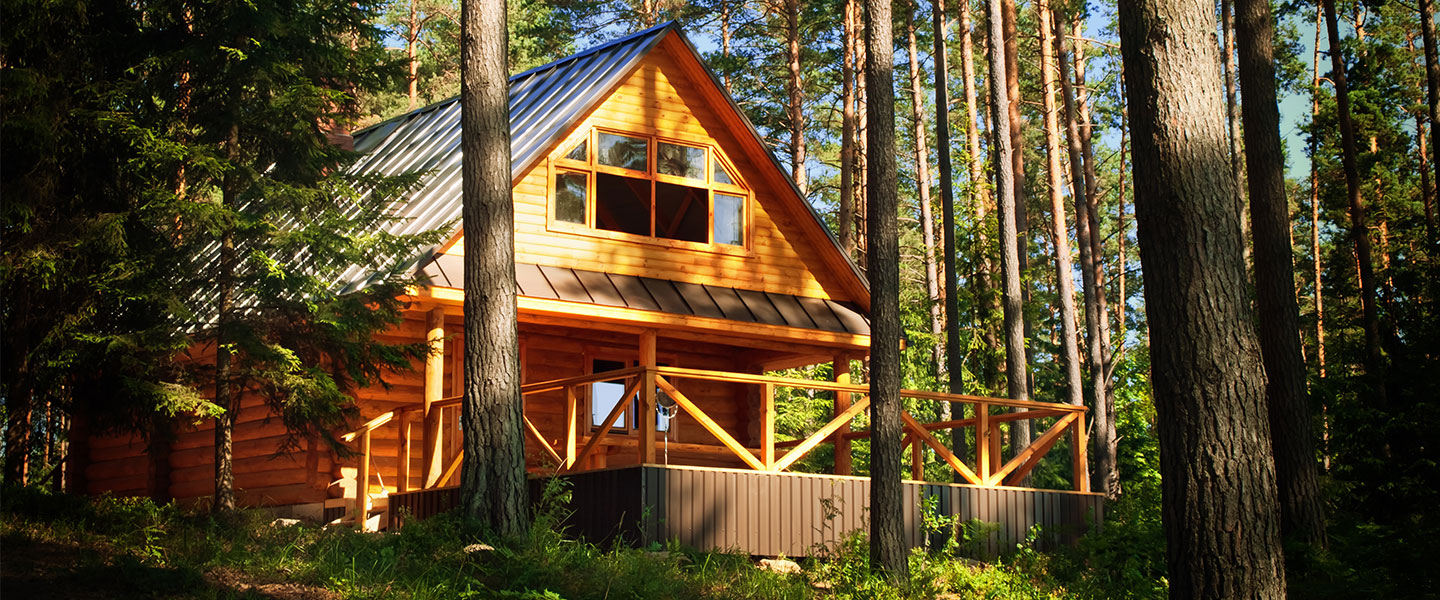HOW TO AVOID A RIP-OFF WHEN INVESTING IN A LOG CABIN KIT

Purchasing a log home seems simple: browse the web for a model you want, then shop for the best deal. Yes, but given the wide variety of wooden log structures, the quality varies greatly. To avoid being let down, you must proceed cautiously. Here are several ways to avoid being ripped off when buying a log cabin kit.
Know your vendor
When you purchase from a well-established company, you can be confident that they have extensive market knowledge. But this is not a warning to steer clear of emerging enterprises; it simply means paying more attention to their track record.
Most well-established companies have physical locations, and their websites serve only as a platform. The staff at these firms is frequently on hand to answer questions regarding the variety of home kits.
Opt for the thickest timber
The ideal wood is 70 mm thick since it is naturally insulating, indicating that installing pricey wall insulation is unnecessary. The perfect combination is to be cool in the summer and warm in the winter. 28mm logs will work as long as slow-growing timber of the proper quality is utilized. The highest strength of the wood is guaranteed by its sluggish development. Avoid any wood that grows quickly.
Assess the kit before buying
It can be challenging to visualize your new log outbuilding on the internet. This is why inspecting your wood cabin before delivery is so crucial. By doing so, you can inspect the building’s construction quality, head height, the strength of the doors and windows, and wood quality. Be extremely cautious of a company if it won’t let you first see its log structures. Note that the lowest cost is not always the best deal.
Insist on double glazing
Better timber cabins come standard with double glazing, whereas less expensive ones have single glass windows. Although this slightly lowers the construction cost, keeping it warm in the winter is more challenging.
Contrarily, it is also more difficult (and few people consider this) to keep the cabin cooler in the summer. You may create a fantastic year-round cabin by adding insulation.
Opt for redwood
If you want a building to survive a year or two, using whitewood or lower-grade wood can be more cost-effective and, to a certain extent, acceptable. However, if you insist on redwood timber, you might guarantee a long lifespan for your new “pride and joy” for your house.
Because redwood grows more slowly than white wood by nature, the grain is more closely packed and will last longer. Additionally, giving it a waxy texture that highlights the benefits even more.
conclusion
Ask all the questions you want and ensure you are satisfied with the answers since it would be better if you thought about many different things before you “sign on the dotted line.” Then, you can reasonably be sure you won’t be disappointed. Always try to speak with businesses that have their products on display.
